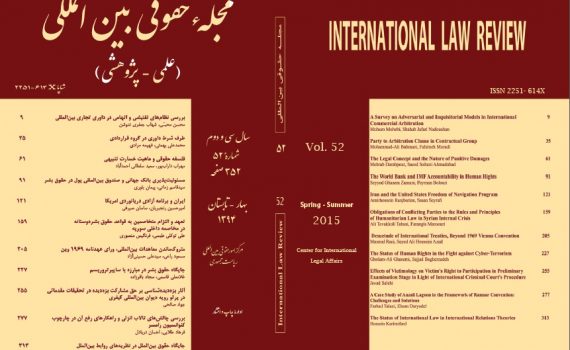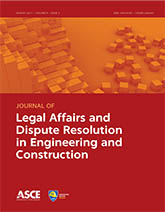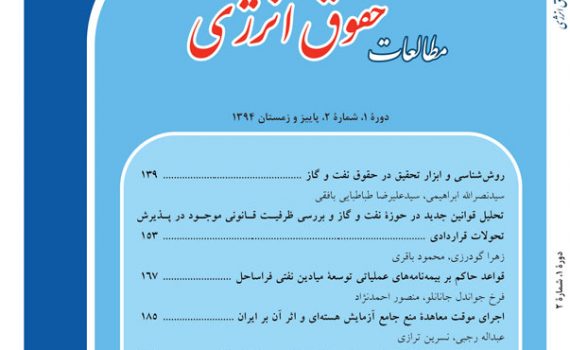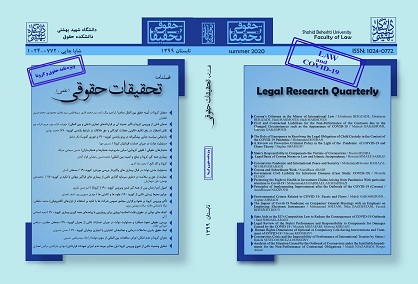Wang, R.S., Li, F., Hu, D., Li, B.L. “Understanding eco-complexity: Social-Economic-Natural Complex Ecosystem approach.” Ecol. Complex 8(1) (2011): 15-29. doi:10.1016/j.ecocom.2010.11.001.
Riley, J. “Indicator quality for assessment of impact of multidisciplinary systems.” Agriculture, Ecosystems & Environment 87(2) (November 2001): 121–128. doi:10.1016/S0167-8809(01)00272-9.
Riley, J. “The indicator explosion: local needs and international challenges.” Agriculture, Ecosystems & Environment 87(2) (November 2001): 119-120. doi:10.1016/S0167-8809(01)00271-7.
Spangenberg, J.H.; Pfahl, S.; Deller, K. “Towards indicators for institutional sustainability: lessons from an analysis of Agenda 21.” Ecological Indicators 2(1–2) (November 2002): 61-77 doi:10.1016/S1470-160X(02)00050-X.
Li, H.; Zhang, X.; Thomas, S.; Skitmore, M. “Quantifying Stakeholder Influence in Decision/Evaluations relating to Sustainable Construction in China – A Delphi Approach.” Journal of cleaner production, (2017) doi: 10.1016/j.jclepro.2017.04.151.
Aligholizadeh Aghdam, K; Foroughi Rad, R; Shakeri, H and Majrouhi, J. ” Approaching Green Buildings Using Eco-Efficient Construction Materials: A Review of the state-of-the-art.” KICEM Journal of Construction Engineering and Project Management, 8(3) (Sep 2018) doi:10.6106/JCEPM.2018.8.3.001.
ASTM E2432-17. “Standard Guide for General Principles of Sustainability Relative to Buildings.” ASTM International (2017) doi:10.1520/E2432-17.
ISO 15392 “Sustainability in building construction — General principles.” (2008).
IEA (International Energy Agency). “Energy Technology Perspectives.” (2017) ISBN PRINT 978-92-64-27050-3.
IPCC (Intergovernmental Panel on Climate Change). “Climate Change 2007 – Impacts, Adaptation and Vulnerability.” Fourth Assessment Report of the IPCC (2007) ISBN: 978 0521 88010-7 Hardback; 978 0521 70597-4 Paperback.
Price, L.; De la Rue du Can, S.; Sinton, J., Worrell, E. “Sectoral Trends in Global Energy Use and GHG Emissions.” Energy Policy 36(4) (April 2008): 1386-1403 doi:10.1016/j.enpol.2007.12.017.
Harvey, L.D.D. “A Handbook on Low-Energy Buildings and District Energy Systems: Fundamentals, Techniques, and Examples.” (2006) ISBN: 978-1138965508.
AGIC. “Australian Green Infrastructure Council – IS Rating Scheme.” Australian Green Infrastructure Council (AGIC), (January 7, 2013) www.agic.net.au/ISratingscheme1.htm.
Keivani, R. “A review of the main challenges to urban sustainability.” Int. J. Urban Sustainable Dev. 1(1–2) (2010): 5–16. doi:10.1080/19463131003704213.
Fernández-Sánchez, G., Rodríguez-López, F. “A methodology to identify sustainability indicators in construction project management—Application to infrastructure projects in Spain.” Ecological Indicators J. 10(6) (November 2010): 1193-1201. doi:10.1016/j.ecolind.2010.04.009.
Zhang, L.L., Wang, L., Tian, J.X. “Study on sustainable construction management based on LCA.” International Conference on Construction on Real Estate Management (2008).
ISO 21929-1 “Sustainability in building construction —Sustainability indicators, Part 1: Framework for the development of indicators and a core set of indicators for buildings.” (2011).
Chethana S.; Vivian W.; Khoa, N. “Environmental, Economic, and Social Parameters in International Green Building Rating Tools.” Journal of Professional Issues in Engineering Education and Practice, 143(2) (April 2017) doi:10.1061/(ASCE)EI.1943-5541.0000313
Gunn, L., Nicky D., Jacquelien, S. “Power supply–demand balance in a Smart Grid: An information sharing model for a market mechanism.” Applied Mathematical Modelling, 38(13) (2014): 3350-3360. Doi:10.1016/j.apm.2013.11.042.
Smiciklas, J. “Connecting cities and communities with the Sustainable Development Goals.” (2017) ISSN: 978-92-61-25371-4 (Electronic version).
BREEAM “BREEAM Communities technical manual.” technical manual: version: SD202 (August 2017) http://www.breeam.com/communitiesmanual.
LEED “LEED for Cities Pilot | Performance Score to LEED Certification.” (September 2017) https://www.usgbc.org/cityperformance.
LEED ND. “LEED 2009 for Neighborhood Development Rating System. Congress for the New Urbanism.” Natural Resources, Defense Council, and the U.S. Green Building Council (2014).
LEED. “Checklist: LEED v2009 Neighborhood Development.” (September 2017) https://www.usgbc.org/resources/neighborhooddevelopment-v2009-checklist-xls.
CASBEE. “CASBEE for cities.” (2014) http://www.ibec.or.jp/CASBEE/english/downloadE.html.
Anthony, M.; Jian, Z.; Yutao, W.; Jiayuan, W. “Readiness for sustainable community: A case study of Green Star Communities.” Journal of Cleaner Production 173 (2017): doi:10.1016/j.jclepro.2017.03.190.
DGNB. “The DGNB sustainability concept. The new quality of building. The German Sustainable Building Council (DGNB).” (2017) http://www.dgnb-system.de/en/system/dgnb-sustainability_concept.
ISCA. “IS Rating Scheme Categories and Credits.” Infrastructure sustainability council of Australia (2007). https://isca.org.au/is-rating-scheme/about-is/item/68-is-rating-tool.
Morse, J. “Completing a qualitative project.” Sage Publications (1997) ISBN: 9780761906018.
Whittemore R., Chase SK., Mandle CL. “Validity in qualitative research.” Qual. Health Res. 11(4) (2001): 522–37. doi:10.1177/104973201129119299.
Weller, S. C.; Romney, A. K. “Qualitative Research Methods: Systematic data collection.” SAGE Publications Ltd. (1988) doi: 10.4135/9781412986069.









